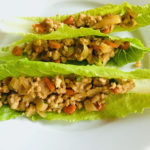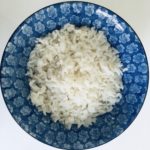Dairy/Casein allergy:
A dairy or casein allergy is an immune reaction to milk proteins. There are more than 25 proteins found in the different parts of milk. The 2 most allergenic dairy proteins are casein and whey.
Lactose intolerance is not an immune reaction, but rather results from the inability to produce enough of the digestive enzyme lactase to break down the sugar in milk.
It can be difficult to distinguish between dairy allergy and intolerance if the symptoms are only gastrointestinal in nature. If the symptoms involve the upper respiratory tract or the skin, however, then it is an allergy rather than intolerance.
Symptoms of dairy or casein allergy:
The symptoms of dairy or casein allergy can be divided into 3 categories:
- Gastrointestinal – bloating, abdominal pain, vomiting, nausea, gas, diarrhea, constipation
- Respiratory – runny or stuffy nose, itchy, watery eyes, sneezing, asthma with coughing and wheezing
- Skin – hives, eczema, swelling of tissue
Anaphylaxis is the most severe allergic reaction, involving every above organ system. It can lead to anaphylactic shock and death.
The dairy/casein-free diet:
Following a milk-free (dairy-free, casein-free) diet requires the elimination of the following types of foods:
- Milk, including evaporated milks, and most likely goat’s milk
- Cheese
- Yogurt
- Ice cream
- Butter, and margarines containing dairy
- Creams (cream, sour cream, whipped cream)
- All foods and beverages containing milk or byproducts of milk, such as casein and whey
- For a more detailed list, read the Dairy/Casein-Free Guide.
Nutritional needs:
Milk provides protein. Other good sources of protein are: meat, fish, beans, and many vegetables.
Milk provides calcium. Other good sources of calcium are:
- Canned fish (because the bones are edible) such as salmon and sardines
- Green, leafy vegetables, such as kale, broccoli, mustard greens, collard greens and arugula
- Shellfish, such as oysters, scallops and shrimp
- Some nuts, such as almonds and brazil nuts
- Some legumes, such as baked beans and soybeans
To absorb calcium efficiently, you must have enough vitamin D, which can be produced by sunlight on the skin, or by eating foods such as milk, liver and egg yolk.
If calcium needs cannot be met, a calcium supplement may be necessary. It is wise to consult a dietician before taking any dietary supplements.






what people are talking about